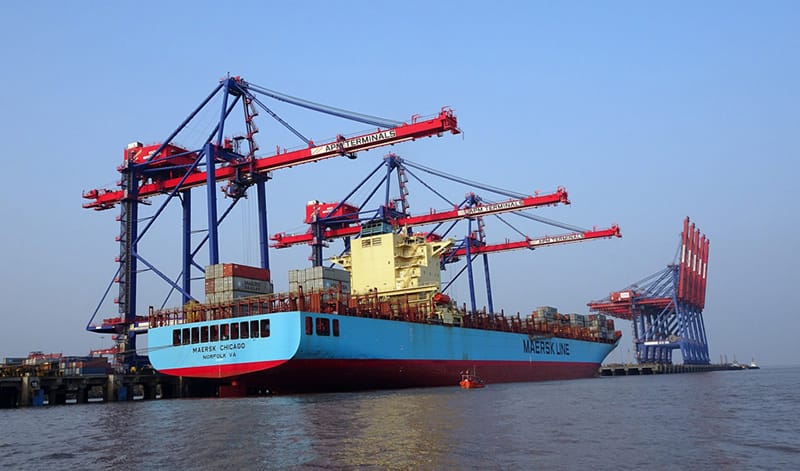
8. November 2021
World market development
Sugar prices continued its uptrend during the 3rd quarter, along with most other commodities, to reach USc20.61/lbs early October – the highest price level since early 2017. Drought and frost in Brazil have been the main driver as the shortfall in production mean a global deficit, both in 2020/21 and 2021/22 Oct/Sep sugar marketing years.
In Brazil, the persistent drought and the frost nights in July/August have had a negative impact on the cane yield, which is 15.5% lower year-on-year. This has led to a situation where the mills are winding down the season early due to the lack of cane to crush. The latest UNICA crushing update covering the period up to first half of October confirmed an early and rapid end of the harvesting season. In total 487.3 mill mt of cane (-10% year-on-year) had been crushed and 30.35 mill. mt of sugar (-12.5% year-on-year) had been produced. 67 mills, out of 262, had already stopped operation a number which was expected to have grown to 150 by the end of October. The cane harvest should end at around 515-520 mill. mt, which would translate into a 31.5-32 mill. mt of sugar – down from 38.5 mill. mt a year ago. Rainfall during the month have surpassed significantly the normal pattern (+35%), and although affecting negatively the tail of the current crop, this has brought a serious relieve on the 2022 crop early potential. However, the most critical period in term of rainfall will be the first few months of 2022.
In India, the ISMA has reduced its sugar production forecast by 0.5 mill. mt down to 30.5 mill. mt for the coming 2021/22 crop, also reporting that cane producing areas have actually increased by 3% from last year to reach 5.3 mill. ha, based on the latest satellite images. The sugar domestic prices have reacted to the imminent crop to be harvested, retreating from their last month peak and involving a raw sugar export parity at around USc20.30/lbs, now very close to the world market price level. It is estimated that export sales of the coming crop have reached 1.9 mill. mt by the end of October, while the world will need India to export at least 5 mill. mt to fill the availability gap between now and the next Brazil crop.
In Thailand, rainfall have reached almost twice the normal pattern during the month of October, due to several tropical storms experienced during the first part of the month. The saturated soil means that in some places, cane has fallen to the ground. However, there are different opinions on the real extend of the problem, and any major negative impact seems to be excluded. In any event, Thailand production recovery from last year disaster means that India exports will face some competition as to retain some of the export markets gained from last year.
F.O. Licht has recently released their quarterly update on world market balances and for the 2020/21 sugar market year (Oct/Sep) they are estimating a deficit of 3.7 mill. mt and are expecting a deficit of 3.4 mill. mt in 2021/22. This is in contrast to their previous report where they forecasted a balanced market in 2021/22 and relates mainly the downgrade of the Brazilian crop.

